-
 bitcoin
bitcoin $123963.239194 USD
1.37% -
 ethereum
ethereum $4529.082464 USD
1.07% -
 xrp
xrp $2.983640 USD
0.71% -
 tether
tether $1.000287 USD
0.02% -
 bnb
bnb $1179.874393 USD
2.99% -
 solana
solana $230.633678 USD
1.55% -
 usd-coin
usd-coin $0.999835 USD
0.03% -
 dogecoin
dogecoin $0.254240 USD
1.34% -
 tron
tron $0.341176 USD
0.15% -
 cardano
cardano $0.842285 USD
0.52% -
 hyperliquid
hyperliquid $48.537896 USD
-0.86% -
 chainlink
chainlink $21.863092 USD
-0.84% -
 ethena-usde
ethena-usde $0.999743 USD
-0.07% -
 sui
sui $3.579561 USD
-0.18% -
 stellar
stellar $0.403418 USD
2.67%
How to securely store NFTs?
To securely store NFTs, use a compatible wallet, back up private keys, and store digital files on decentralized platforms like IPFS for long-term protection.
Jul 20, 2025 at 12:49 pm
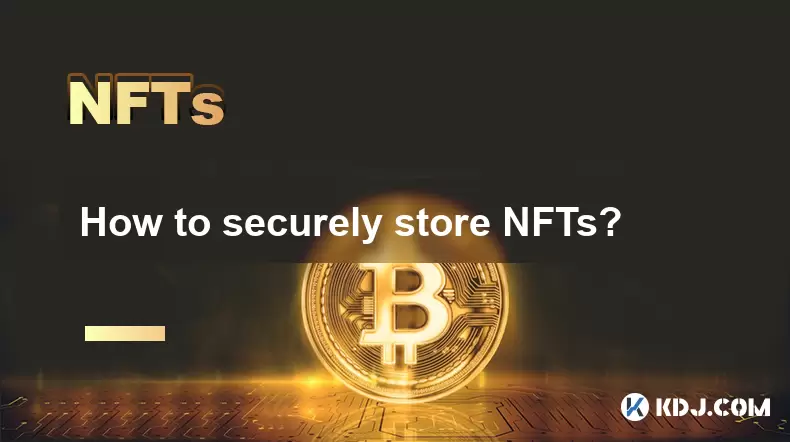
Understanding the Basics of NFT Storage
Non-fungible tokens (NFTs) are unique digital assets stored on a blockchain, often representing ownership of digital or physical items. Secure storage of NFTs is crucial to prevent unauthorized access, theft, or loss. Unlike traditional digital files, NFTs are not stored directly on the blockchain but are linked to metadata and digital files hosted elsewhere. This means that securing your NFT involves both blockchain wallet security and digital file protection.
One of the first considerations is where the actual digital file associated with the NFT is stored. Many NFTs use decentralized storage solutions like IPFS (InterPlanetary File System) or Filecoin, which provide more secure and permanent hosting than centralized servers. However, the wallet that holds the NFT's token must also be secured to ensure ownership remains intact.
Selecting the Right Wallet for NFT Storage
Choosing a secure and compatible wallet is essential for NFT storage. Wallets come in various forms: hardware, software, and mobile-based. Each has its own advantages and risks.
- Hardware wallets like Ledger Nano S or X are considered the most secure because they store private keys offline, making them less vulnerable to hacking.
- Software wallets such as MetaMask are convenient for frequent users but are more susceptible to online threats.
- Mobile wallets like Trust Wallet offer portability but should be used with caution due to potential device vulnerabilities.
It is important to ensure the wallet supports the blockchain on which your NFT was minted, such as Ethereum, Binance Smart Chain, or Solana. Incompatible wallets can lead to loss of access or transfer errors.
Backing Up Your Wallet and Private Keys
Backing up your wallet's seed phrase and private keys is a critical step in securing your NFTs. These are the only ways to recover access if your wallet is lost, stolen, or compromised. The seed phrase is a sequence of 12 or 24 words generated during wallet setup.
- Store the seed phrase in a secure, offline location, such as a fireproof safe.
- Avoid taking digital copies or screenshots, as they can be hacked or corrupted.
- Consider using metal backup solutions like Cryptosteel or Billfodl, which are resistant to fire, water, and physical damage.
Never share your private keys or seed phrase with anyone, including individuals claiming to be customer support. Doing so gives them full control over your wallet and its contents.
Using Cold Storage for Long-Term Security
For long-term NFT holders, cold storage is the most secure option. Cold storage refers to keeping NFTs in wallets that are not connected to the internet, such as hardware wallets or paper wallets.
- Hardware wallets provide a balance between security and usability, allowing users to sign transactions without exposing private keys.
- Paper wallets involve printing the public and private keys on paper and storing them securely. However, they are less user-friendly and can be easily damaged or lost.
When using cold storage, it is still important to keep multiple backups and ensure that access is not limited to a single person or location. Families or organizations should consider multi-signature wallets that require more than one key to authorize a transaction.
Securing Digital Files and Metadata
While the NFT itself is a token on the blockchain, the actual digital file (image, video, audio) is usually stored off-chain. This means that securing the file's location and metadata is equally important.
- Use decentralized storage platforms like IPFS or Arweave to host NFT files, as they are less prone to server outages or censorship.
- Ensure that the metadata is immutable by verifying that it is stored on-chain or in a decentralized manner.
- Avoid storing files on centralized platforms like Google Drive or Dropbox, as they can be taken down or modified without notice.
Some NFT marketplaces offer built-in storage solutions, but it is important to understand where and how the data is stored before minting or purchasing.
Implementing Multi-Factor Authentication (MFA)
If you use a software or online wallet, enabling multi-factor authentication (MFA) is a must. MFA adds an extra layer of security by requiring a second form of verification, such as a code sent to your phone or generated by an authentication app.
- Use authenticator apps like Google Authenticator or Authy instead of SMS-based verification, which is vulnerable to SIM swapping.
- Consider using hardware-based MFA devices like YubiKey for maximum security.
- Regularly review login activity and revoke access from unfamiliar devices or locations.
Do not store recovery codes or MFA backups in the same location as your seed phrase, as this could compromise both layers of security.
Frequently Asked Questions
Q: Can I store NFTs on any wallet, or do I need a special one?A: Not all wallets support NFTs or the specific blockchain your NFT is on. You must choose a wallet compatible with the blockchain and NFT standard (e.g., ERC-721 or ERC-1155 for Ethereum-based NFTs).
Q: What happens if my NFT's file is deleted from the hosting platform?A: If the file is stored on a centralized server and deleted, the NFT may become worthless or unviewable. To avoid this, ensure the file is stored on a decentralized platform like IPFS or Arweave.
Q: How can I verify if my NFT's metadata is stored securely?A: You can inspect the NFT's metadata through blockchain explorers or tools like OpenSea’s metadata viewer. Check if the metadata is stored on-chain or in a decentralized format.
Q: Is it safe to store NFTs on an exchange wallet?A: Storing NFTs on exchange wallets is risky because you do not control the private keys. If the exchange gets hacked or shuts down, you may lose access to your NFTs. It's safer to use a personal wallet.
Disclaimer:info@kdj.com
The information provided is not trading advice. kdj.com does not assume any responsibility for any investments made based on the information provided in this article. Cryptocurrencies are highly volatile and it is highly recommended that you invest with caution after thorough research!
If you believe that the content used on this website infringes your copyright, please contact us immediately (info@kdj.com) and we will delete it promptly.
- BlockDAG, DOGE, HYPE Sponsorship: Crypto Trends Shaping 2025
- 2025-10-01 00:25:13
- Deutsche Börse and Circle: A StableCoin Adoption Powerhouse in Europe
- 2025-10-01 00:25:13
- BlockDAG's Presale Buzz: Is It the Crypto to Watch in October 2025?
- 2025-10-01 00:30:13
- Bitcoin, Crypto, and IQ: When Genius Meets Digital Gold?
- 2025-10-01 00:30:13
- Stablecoins, American Innovation, and Wallet Tokens: The Next Frontier
- 2025-10-01 00:35:12
- NBU, Coins, and Crypto in Ukraine: A New Yorker's Take
- 2025-10-01 00:45:14
Related knowledge
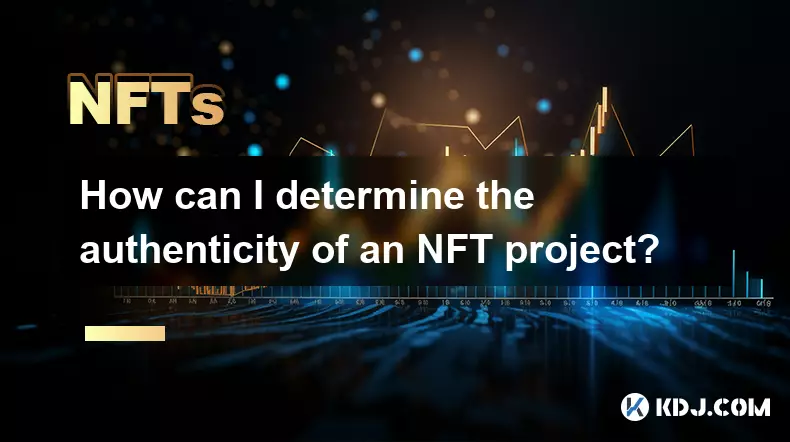
How can I determine the authenticity of an NFT project?
Sep 23,2025 at 05:18pm
Understanding the Project Team and Their Background1. Research the identities of the team members behind the NFT project. Verified social media profil...
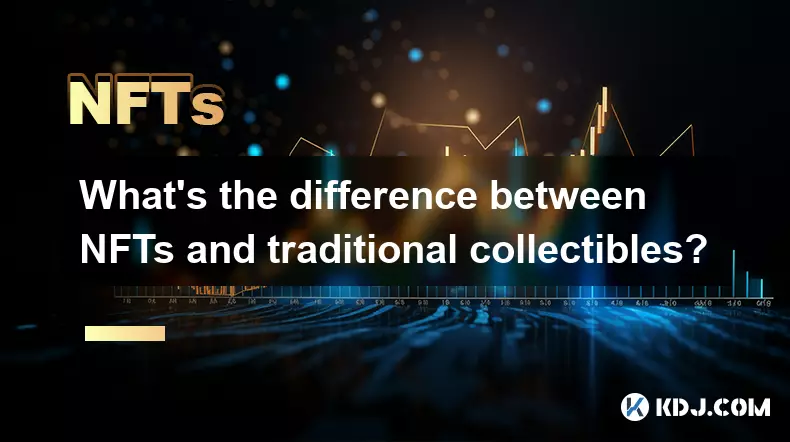
What's the difference between NFTs and traditional collectibles?
Sep 19,2025 at 12:55pm
Digital Ownership and Provenance1. NFTs are built on blockchain technology, which ensures transparent and immutable records of ownership. Every transa...
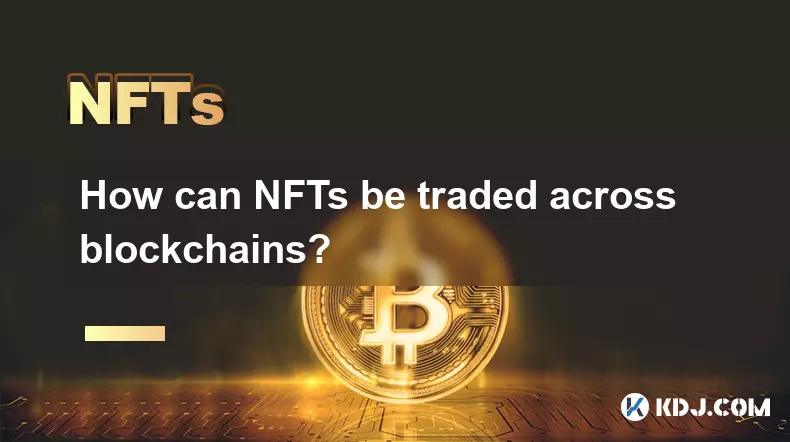
How can NFTs be traded across blockchains?
Sep 19,2025 at 12:00pm
Understanding Cross-Chain NFT Trading1. Non-fungible tokens (NFTs) are digital assets that represent ownership of unique items on a blockchain. Origin...
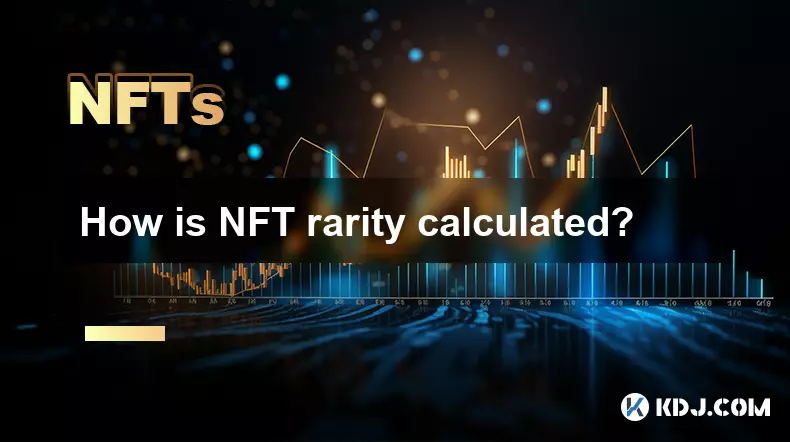
How is NFT rarity calculated?
Sep 18,2025 at 07:54pm
Understanding NFT Rarity Metrics1. NFT rarity is determined by analyzing the uniqueness of individual traits within a collection. Each NFT typically c...
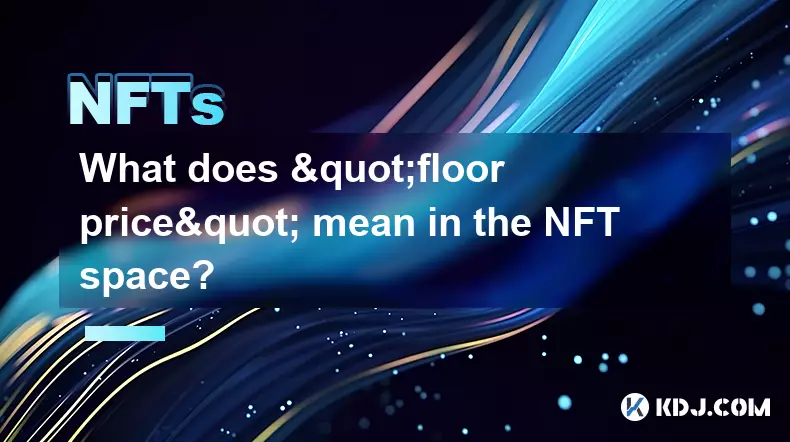
What does "floor price" mean in the NFT space?
Sep 22,2025 at 06:36am
Floor Price: A Core Metric in the NFT Marketplace1. The term floor price refers to the lowest current asking price for any item within a specific NFT ...

How do NFTs help content creators?
Sep 18,2025 at 08:00am
NFTs Empower Creators with Ownership and Monetization1. NFTs provide content creators with verifiable ownership of their digital works, ensuring authe...

How can I determine the authenticity of an NFT project?
Sep 23,2025 at 05:18pm
Understanding the Project Team and Their Background1. Research the identities of the team members behind the NFT project. Verified social media profil...

What's the difference between NFTs and traditional collectibles?
Sep 19,2025 at 12:55pm
Digital Ownership and Provenance1. NFTs are built on blockchain technology, which ensures transparent and immutable records of ownership. Every transa...

How can NFTs be traded across blockchains?
Sep 19,2025 at 12:00pm
Understanding Cross-Chain NFT Trading1. Non-fungible tokens (NFTs) are digital assets that represent ownership of unique items on a blockchain. Origin...

How is NFT rarity calculated?
Sep 18,2025 at 07:54pm
Understanding NFT Rarity Metrics1. NFT rarity is determined by analyzing the uniqueness of individual traits within a collection. Each NFT typically c...

What does "floor price" mean in the NFT space?
Sep 22,2025 at 06:36am
Floor Price: A Core Metric in the NFT Marketplace1. The term floor price refers to the lowest current asking price for any item within a specific NFT ...

How do NFTs help content creators?
Sep 18,2025 at 08:00am
NFTs Empower Creators with Ownership and Monetization1. NFTs provide content creators with verifiable ownership of their digital works, ensuring authe...
See all articles










































































